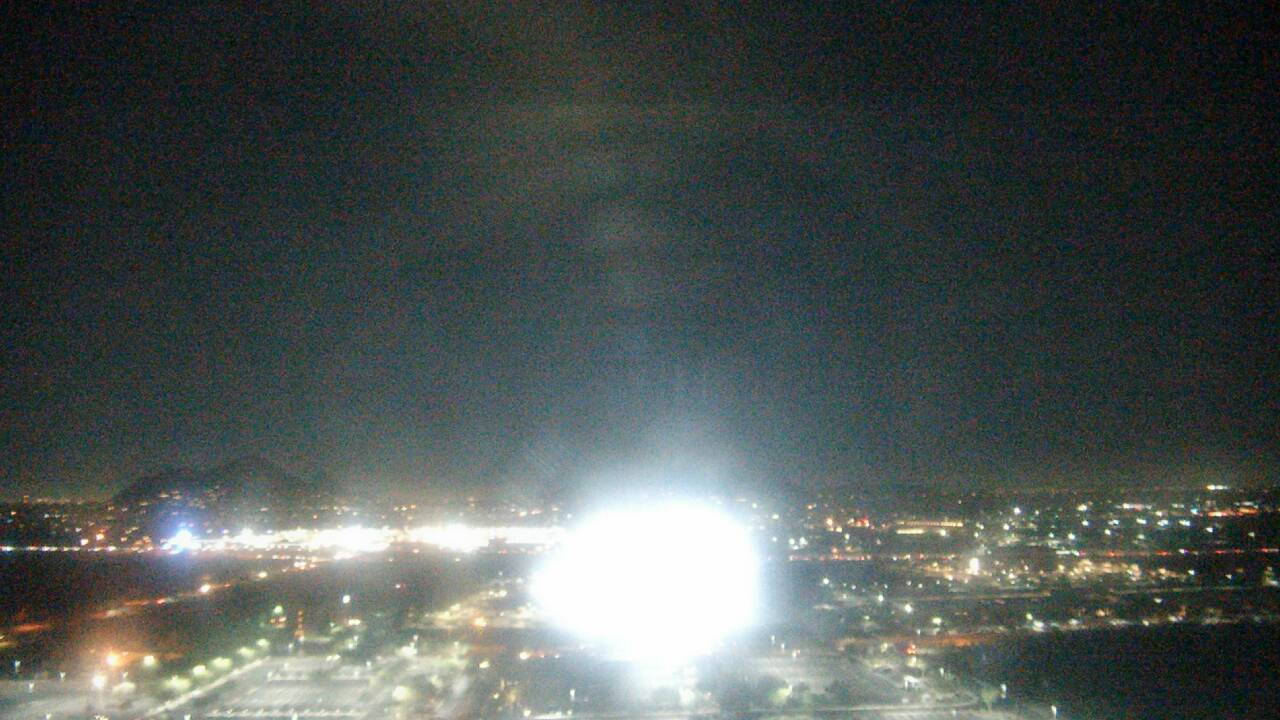Scottsdale, AZ Weather Cams
Talking Stick Resort Cam

Four Seasons Scottsdale Cam

Fairmont Scottsdale Princess Cam

Scottsdale, Arizona: From Desert Settlement to Cultural Oasis
Scottsdale, AZ Weather Cams. Nestled in the heart of the Sonoran Desert, Scottsdale, Arizona, has evolved from a modest agricultural community into one of the Southwest’s most vibrant cultural and economic hubs. Its history is a tapestry woven from Indigenous heritage, pioneering ambition, artistic innovation, and urban transformation. This account traces Scottsdale’s journey from its earliest inhabitants to its modern-day identity as “The West’s Most Western Town.”
Indigenous Roots and Ancient Civilizations
Long before Scottsdale bore its current name, the region was home to the Akimel O’odham (River People) and other Indigenous groups who thrived along the Salt River. Archaeological evidence reveals that the area was inhabited as far back as 8,000 years ago, with the Hohokam civilization leaving behind an intricate network of canals that prefigured modern irrigation systems A. These early inhabitants cultivated crops and developed complex societies, laying the foundation for the region’s agricultural viability.
The Salt River Pima-Maricopa Indian Community, which borders Scottsdale to the south and east, continues to preserve and celebrate this Indigenous legacy. Even today, many Akimel O’odham and Maricopa people reside in the area, contributing to its cultural richness B.
Founding and Agricultural Beginnings
Scottsdale’s modern history began in the 1880s when U.S. Army Chaplain Winfield Scott visited the Salt River Valley. Enchanted by its agricultural potential, he returned in 1888 with his wife Helen and purchased 640 acres for $3.50 per acre—land that now forms the heart of Old Town Scottsdale B. Scott’s vision of a farming community quickly took root, and settlers followed, drawn by the promise of fertile land and canal-fed irrigation.
By the late 19th century, citrus farming, cotton cultivation, and cattle ranching dominated the local economy. The establishment of the Arizona Canal in 1885 was a turning point, enabling large-scale agriculture and attracting homesteaders A. Scottsdale’s first business—a general store and post office—opened in 1897, and the town began to take shape around a growing network of farms, schools, and guest ranches.
The Rise of Arts and Culture
Scottsdale’s identity as an arts destination began in the early 20th century. In 1909, artist Marjorie Thomas arrived from Boston, followed by Jessie Benton Evans, forming the nucleus of an emerging art colony. Their presence A helped cultivate Scottsdale’s reputation as a haven for creatives, a legacy that continues today in its galleries, museums, and public art installations.
The 1930s brought a transformative figure to the region: architect Frank Lloyd Wright. In 1937, Wright purchased land in the foothills of the McDowell Mountains and established Taliesin West, his winter home and architectural school A C. This desert masterpiece not only showcased Wright’s organic design philosophy but also cemented Scottsdale’s place in the world of architecture. Taliesin West remains a UNESCO World Heritage Site and a major cultural attraction.
Wartime Expansion and Postwar Growth
World War II accelerated Scottsdale’s development. In 1942, Thunderbird Airfield No. 2 was established north of town, training over 5,000 aviation cadets A. The influx of military personnel and civilian workers spurred economic activity and population growth, laying the groundwork for Scottsdale’s postwar boom.
Incorporated as a town in 1951 with just 2,000 residents, Scottsdale quickly expanded. By 1961, it had become a city, and its population surged as suburban development spread across the desert landscape B. The city’s slogan—“The West’s Most Western Town”—reflected its embrace of cowboy culture, which was celebrated in annual events like the Parada del Sol rodeo and Western-themed architecture in Old Town.
Urban Development and Environmental Stewardship
Scottsdale’s growth in the latter half of the 20th century was marked by a delicate balance between urbanization and environmental preservation. The city expanded northward into the McDowell Mountains and eastward toward the Tonto National Forest, incorporating vast tracts of desert into its boundaries B.
Efforts to protect the natural landscape led to the creation of the McDowell Sonoran Preserve, one of the largest urban preserves in the United States. This protected area offers over 30,000 acres of desert habitat and hundreds of miles of hiking trails, reflecting Scottsdale’s commitment to sustainability and outdoor recreation.
Meanwhile, the city’s downtown evolved into a dynamic blend of old and new. Historic buildings were preserved and repurposed, while modern developments introduced luxury resorts, high-end shopping, and a thriving nightlife. Scottsdale’s waterfront district, built along the Arizona Canal, became a focal point for community events and public art.
Innovation, Tourism, and Modern Identity
Today, Scottsdale is known for more than its Western charm. It has become a center for innovation, healthcare, and education. The city hosts the Mayo Clinic, Arizona State University’s SkySong innovation campus, and a growing tech sector. Its economy is diversified, with tourism, real estate, and professional services playing major roles.
Scottsdale’s reputation as a luxury destination is bolstered by its world-class golf courses, spas, and resorts. Events like the Waste Management Phoenix Open and Barrett-Jackson Auto Auction draw international attention, while its culinary scene and art festivals attract visitors year-round.
Despite its rapid growth, Scottsdale remains deeply connected to its roots. The Scottsdale Historical Museum, housed in the Little Red Schoolhouse built in 1910, offers a glimpse into the city’s past. Community initiatives A continue to honor the legacy of Winfield Scott and the Indigenous peoples who first called the region home.
Conclusion: A City of Contrasts and Continuity
Scottsdale’s history is one of contrasts—between desert and development, tradition and innovation, art and industry. From its origins as a farming outpost to its current status as a cosmopolitan city, Scottsdale has continually reinvented itself while preserving the essence of its heritage.
As the city looks to the future, it remains a place where history and progress coexist—where the spirit of the Old West meets the promise of the New Southwest.
For more information, visit the official Scottsdale, Arizona website.
